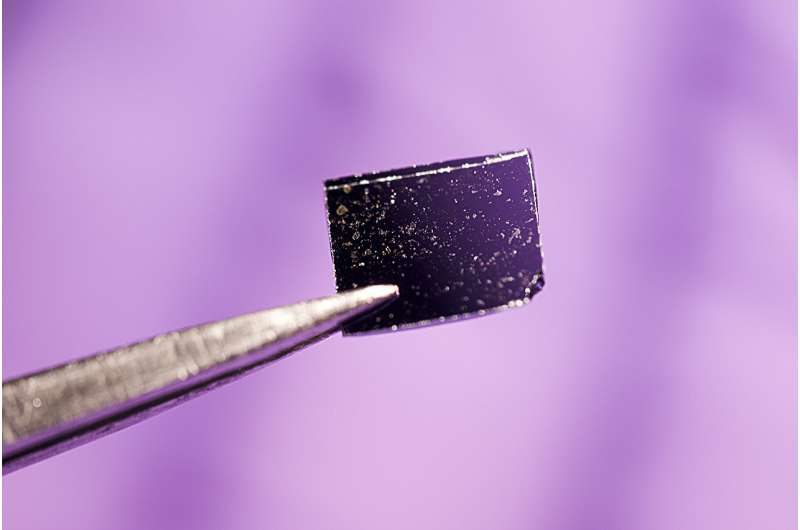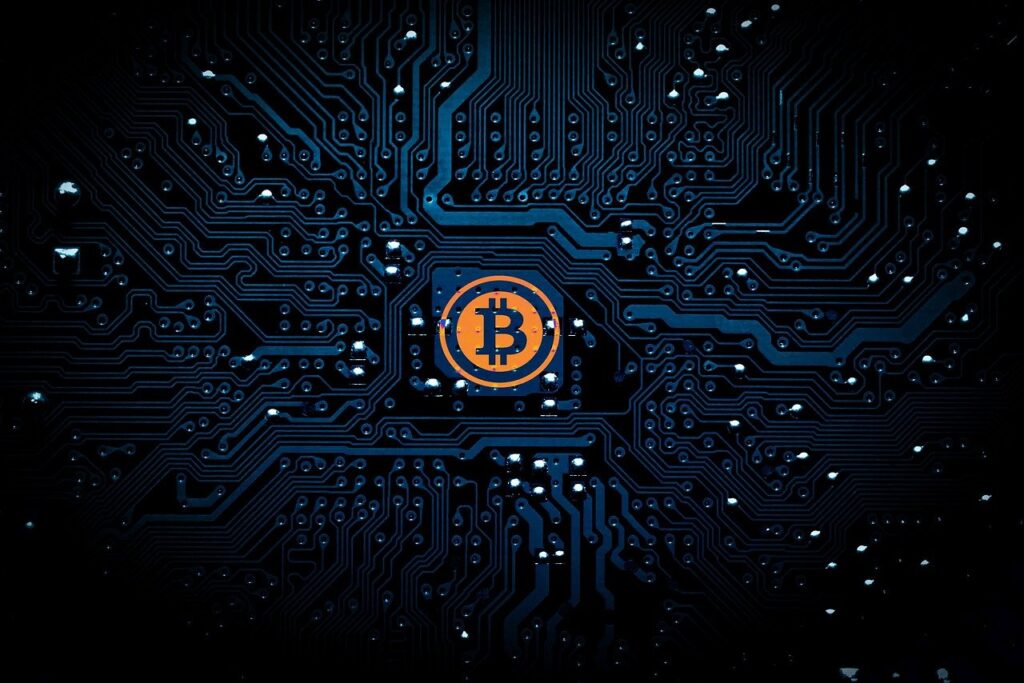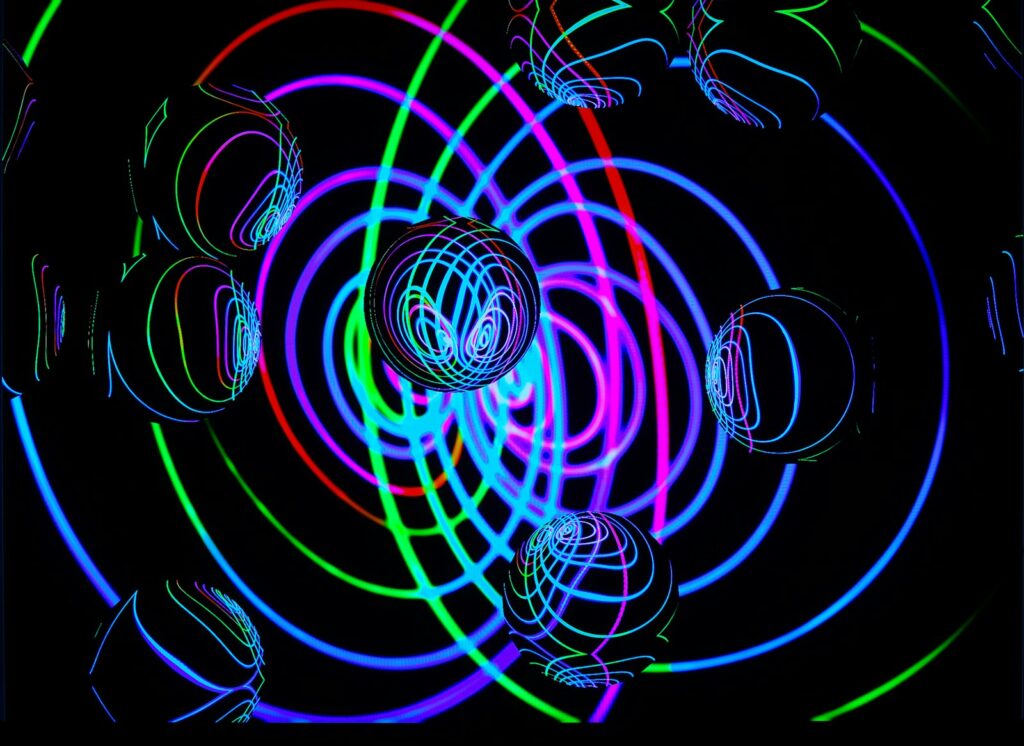Insider Brief:
- Nanyang Technological University Singapore researchers developed a technique using ultra-thin niobium oxide dichloride (NbOCl₂) flakes, only 1.2 micrometers thick, to generate entangled photon pairs for quantum computing, potentially shrinking components by 1,000 times.
- By aligning two NbOCl₂ flakes perpendicularly, the team achieved polarization entanglement without bulky optical equipment, potentially enabling more efficient integration of quantum photonics into chip-based systems.
- The innovative stacking method allowed the generation of photon pairs with 86% fidelity, demonstrating a reliable approach for creating quantum-entangled states.
- While the photon generation rate is promising, future work will focus on improving output and fidelity through surface patterning and coupling with resonant nanostructures to further improve performance.
Van der Waals engineering, a technique historically used to tailor material properties by stacking two-dimensional materials, has been used in applications ranging from superconductivity to the fractional quantum anomalous Hall effect. Now, scientists from Nanyang Technological University Singapore are taking this approach in a new direction. In a recently published study in Nature Photonics, the researchers demonstrate how ultra-thin materials can generate entangled photon pairs for quantum computing—potentially shrinking key components by 1,000 times.
Photon Production Using Ultra-Thin Materials: Overcoming Key Challenges
Led by Prof. Gao Weibo, the team at NTU developed a technique to create photon pairs using flakes of niobium oxide dichloride (NbOCl₂) that are just 1.2 micrometers thick. According to a recent post, that’s 80 times thinner than a strand of hair. Traditionally, bulky optical equipment has been needed to maintain photon entanglement, which makes integrating these systems into quantum chips challenging. But the NTU team’s method may bypass the need for the usual complex setup.
As noted by the team, quantum computing with photons as qubits has unique advantages, such as the ability to operate at room temperature, as compared to electron-based qubits, which require ultra-low temperatures. Photons, when produced as entangled pairs, can hold quantum states that enable faster computations by performing multiple calculations at once. However, one of the biggest hurdles in using photons has been the difficulty in generating enough entangled photon pairs, especially with thinner materials.

To address this, the NTU team used niobium oxide dichloride, a material with special optical properties. By stacking two ultra-thin flakes of this material with their crystalline grains aligned perpendicularly, the researchers successfully created entangled photon pairs without needing additional synchronization equipment. This may present new possibilities for scalable and efficient quantum photonic systems, potentially enabling the integration of quantum technology directly into chip-based platforms while maintaining performance and reducing complexity.
Innovative Stacking and Polarization Control
Integral to the success of the research is the innovative stacking technique. The NTU team layered two thin NbOCl₂ flakes at perpendicular angles, allowing them to achieve polarization entanglement—a fundamental requirement for quantum computing that has traditionally relied on much larger, bulkier materials. According to the team, polarization-entangled photon pairs have been the cornerstone of quantum optics experiments for decades, but typically require larger, bulkier materials. With van der Waals engineering, polarization-entangled photons can be produced without the need for these large-scale setups.
By stacking the thin flakes, the researchers generated photon pairs with a high degree of quantum coherence. They measured the fidelity of the polarization-entangled state at 86%, demonstrating that this method of van der Waals engineering may be a reliable approach for creating quantum-entangled states and for integrating quantum photonic devices directly into chips.
Limitations and Next Steps
Although the photon pair generation rate is impressive compared to other subwavelength sources, it still needs improvement to compete with traditional bulk sources. The researchers acknowledge that increasing the generation rate would improve the fidelity of the entangled states by minimizing background noise.
Moving forward, the NTU team plans to optimize the photon generation process. This might involve adding micro-scale patterns to the surface of the NbOCl₂ flakes or experimenting with how different materials can be stacked together to enhance photon output. Another possible direction is to couple these van der Waals structures with resonant nanostructures or optical cavities to boost photon pair production further.
Implications for Quantum Computing and Beyond
This application of Van der Waals engineering could affect not just quantum computing, but also secure communications and other quantum technologies. The ability to miniaturize quantum components by 1,000 times could lead to more compact, scalable, and energy-efficient quantum systems.
With practical, scalable quantum computing on the horizon, the NTU study highlights the potential role that photonic entanglement may play in the future of this technology by making quantum systems smaller, simpler, and more integrated.
Contributing authors on the study include Leevi Kallioniemi, Xiaodan Lyu, Ruihua He, Abdullah Rasmita, Ruihuan Duan, Zheng Liu, and Weibo Gao.

















